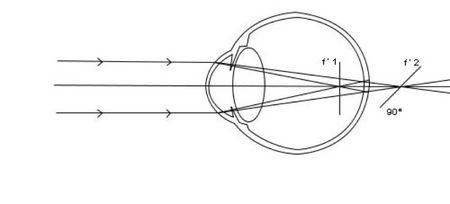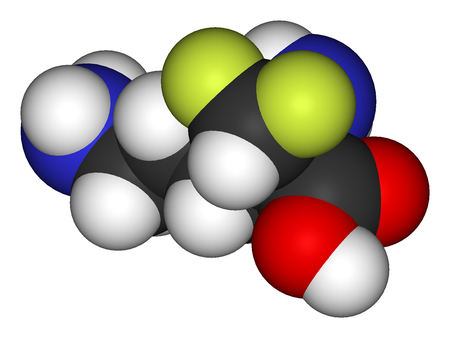Astigmatism is a very common vision condition that causes blurred vision due to the irregular shape of the cornea or the lens inside the eye. People with astigmatism experience headaches, fatigue, eyestrain, and blurred vision at all distances. Most astigmatism cases can be easily diagnosed and corrected. Learn about the causes, symptoms, diagnosis and treatment for astigmatism in this article.
Causes of astigmatism
An irregular shaped cornea or lens prevents light from focusing properly on the retina, resulting in blurry vision. Astigmatism occurs when the cornea is shaped more like an oblong football than a spherical baseball, which is the normal shape. A cornea with astigmatism has two curves, one flat curve and one that is steep. Light is thus focused at two points instead of one.
Regular versus irregular astigmatism
In regular astigmatism, the meridians in which the two different curves lie are located 90 degrees apart. In the case of irregular astigmatism, either the two meridians are not perpendicular or there are more than two meridians.
Lenticular astigmatism
Astigmatism caused by an irregularly shaped crystalline lens is called lenticular astigmatism. Usually, astigmatism is hereditary. However, astigmatism may also develop following an eye injury that has caused scarring on the cornea, or certain types of eye surgery. Keratoconus, a relatively rare condition that causes a gradual thinning of the cornea, may cause a large amount of astigmatism.
Astigmatism symptoms and diagnosis
Astigmatism causes vision to be blurred at both distance and near vision. Mild astigmatism may be asymptomatic and undetected, particularly in children. More severe astigmatism may cause eyestrain, fatigue, or headaches.
Detection and diagnosis
Astigmatism is easily detected through eye examination. A keratometer is usually used to measure the curvature of the cornea. A corneal topographer and a wavefront aberrometer may give much more precise information about astigmatism.
Astigmatism correction
Astigmatism may be corrected with glasses, contact lenses or surgery.
- Glasses are the primary choice for people with small amount of astigmatism. Individuals with high amounts of astigmatism must have their glasses carefully adjusted to their face.
- Contact lenses, such as 'toric contact lenses' can correct small amounts of astigmatism whereas severe astigmatism will be more successfully corrected with rigid astigmatism contact lenses as they maintain their regular shape while on the cornea.
- Surgical vision correction procedure, such as photorefractive keratectomy and laser in situ keratomileusis, can also successfully correct astigmatism.
Conclusion
Astigmatism causes blurred vision that can be compensated with glasses or contact lenses or corrected with surgery. Astigmatism is easily detected through eye examination. A comprehensive eye examination should be scheduled when experiencing blurry vision at all distance, headaches or eyestrain.






